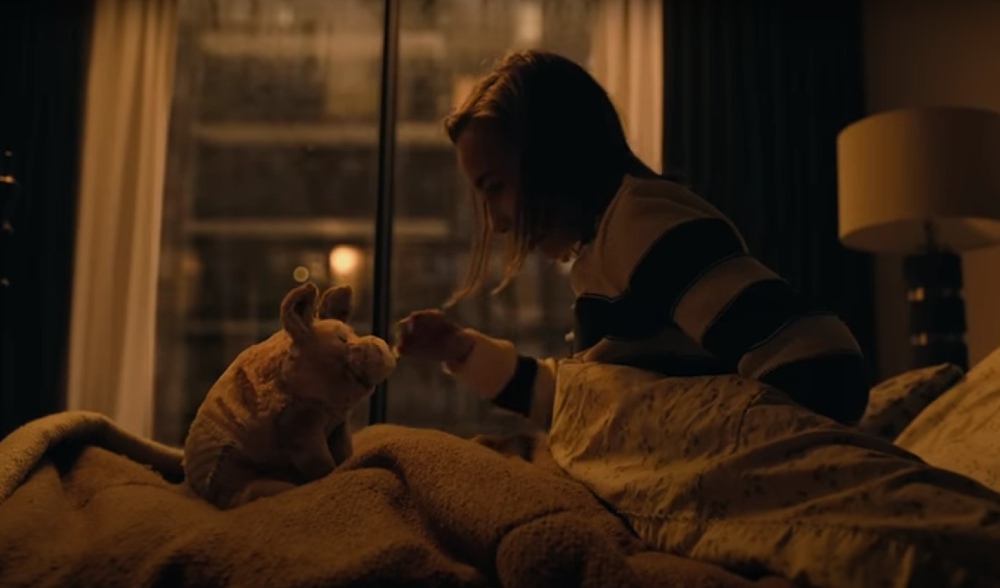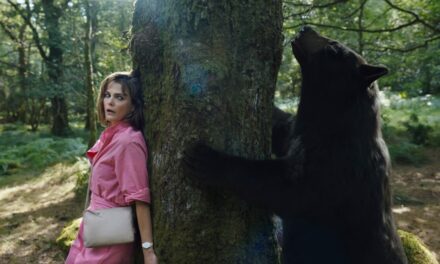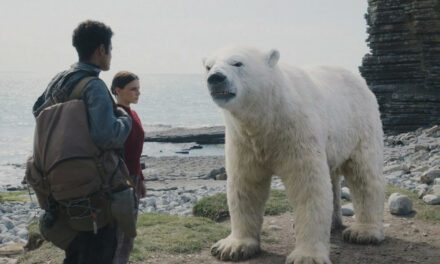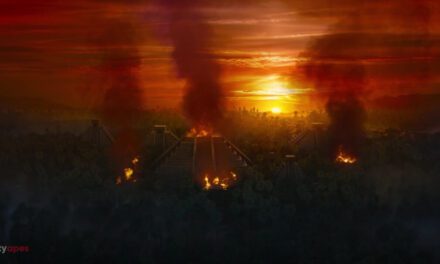The critical reception of Slumberland sits down for a romantic date with the CGI wonderland sequences from Slumberland. I know this is opaque to visualize but bear with me. I imagine they look like a pair of the blobby characters from Inside Out. They awkwardly look at menus, shift uncomfortably in their seats, and the Criticism looks across the table:
“You were directed with the delicacy of a flying mallet”.
Slumberland: “But don’t you think I’m gorgeous?”
“You are a nightmare of a movie. We can’t see each other anymore.”
The first quote above was verbatim from the New York Times and the “nightmare” quote was from CNN’s Slumberland review. I’m not here to trash Slumberland – on the contrary, we like to showcase filmmakers and uplift the hard work of creators dumping pieces of themselves into a movie. This commentary is on a jarring reality made visible with the Netflix release of Slumberland:
Good fantastical worldbuilding doesn’t always translate to audience appreciation.
I can think of a few movies where the visual spectacle of the film created an impending sense of magic, like the worldbuilding was so immersive that it had to be good. I think of the Avatar forest. I think of Love and Monsters starring Jessica Henwick (which totally succeeded as an endearing monster movie). Slumberland carries that same sensation. It looks visually endearing. A video was posted by befores & afters of Momoa and Marlowe Barkley riding a giant CG goose and I thought “this is gonna be a fantasy wonderland”.
Well, critics haven’t agreed. The movie was released in select theaters and became available Friday the 18th for streaming on Netflix. Saying the reviews haven’t been nice is understating it – they’ve ranged from disenchanted to downright mean-spirited. A running theme is that the movie is all gloss with no emotion – it seems to have taken the trope of a girl that falls down a magic rabbit hole and been executed without the feeling of warmth needed to infuse audiences with a sense that they’ve been truly transported. This seems particularly hard to grasp on the surface with the film being driven by national treasure Jason Momoa.
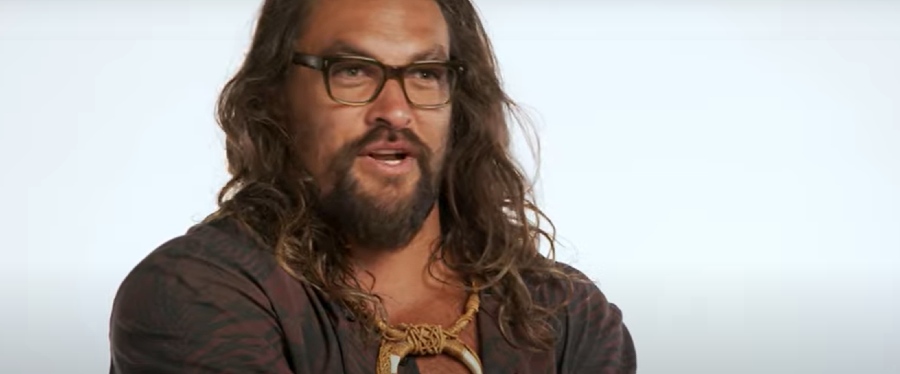
Jason Momoa talking behind the scenes about Slumberland
The good news for the creators of Slumberland is that nostalgia is a sneaky powerhouse of an influencer. I remember the same reception to Hook back in 1991. It was a movie driven by big-budget art direction and elaborate set pieces. Many critics loathed it and thought Spielberg’s interpretation of Neverland lacked scope and heart. Literally some of the same criticisms of Slumberland. As a 90s kid, Hook now stands as a beloved childhood movie.
There’s a movie like this for every generation. So, even if the emotion and the story don’t connect, Slumberland has already gotten one thing right: its target audience. The film is rated PG and clearly meant to elicit that fantasyland magic so sought after during the holiday season, even if the movie has nothing to do with Christmas. It doesn’t matter. Some 8-year-old kid is going to see it this weekend and think, “that girl riding a bunk bed through the ocean as dolphins float by is incredible – I want to do that”.
Only time will determine the legacy of a movie top-heavy with special effects and criticized for flawed story elements. But ten years from now if you hear a group of twenty-somethings in a bar excitedly talking about their favorite childhood movie, don’t be surprised if you hear something like:
“Oh my God, I don’t remember a thing about the story but remember Jason Momoa riding the giant goose?”
Because sometimes critics don’t matter – all that matters to that 8-year-old is that the VFX houses on Slumberland like Ghost VFX and Scanline put together a cool giant goose, and that’s the memory that endures.

